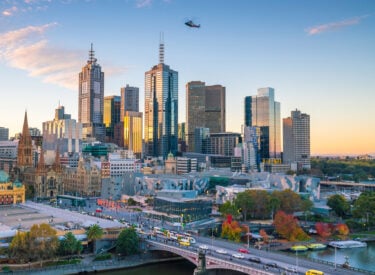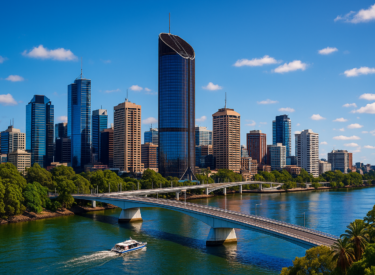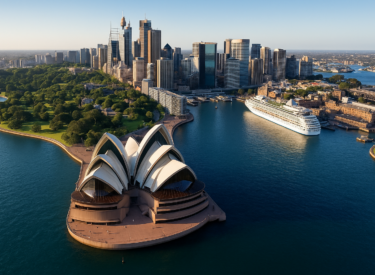One of the most eye-catching things in the most recent inflation data, aside from the shocking headline number, was the continuous rise in housing costs.
Both rents and the cost of new construction are inflating faster than the overall rate.
Sure, the pace of growth in construction prices might be slowing down, but they're still pretty high.
Right now, the cost of a new build is almost 46% higher than it was before Covid. That's a staggering number!
This surge is one of the reasons we’ve seen such a spike in existing house prices too.
After all, new homes and existing homes are quite similar—they're both places you can live in. So, we can think of them as one big market.
When the price of one part of the market rises, the price of the whole market tends to follow.
What’s worrying is that the cost of new construction is only going to keep rising.
Especially for medium and high density drawings.
Initially, it was all about material costs, as supply-chain issues drove up the price of timber and other materials.
Now, it's more about labor costs.
Big infrastructure projects are scooping up skilled workers across the country, making it harder and more expensive to build new homes.
There’s a real spike in construction costs.
There's a shortage of skilled labor to build new homes, and commercial projects like hospitals, roads, bridges, and schools are competing for the same workers, pushing up costs.
Plus, as the cost of living rises, everyone needs higher wages to cover their own expenses, adding even more pressure.
And if that wasn’t enough, builders are now facing extra insurance premiums because the insurance industry is getting nervous after several high-profile builder collapses.
New-home builders will see a 65% hike in domestic building insurance premiums starting in August, after a series of company collapses left many homes unfinished and Victoria’s state-backed insurance agency with record payouts.
Insurance for renovations is also going up by 20%.
So, how does this impact property prices?
Firstly, when the cost of new dwellings be they homes or apartments goes up, the rest of the market follows, since new and existing homes are close substitutes.
Secondly, it slows down the supply of new homes, as many builders struggle and some projects become unviable.
Of course, reduced supply puts even more upward pressure on existing home prices.
And prices will keep rising until something changes.
Unfortunately, looking at current projections, who knows when that will be.















